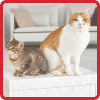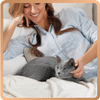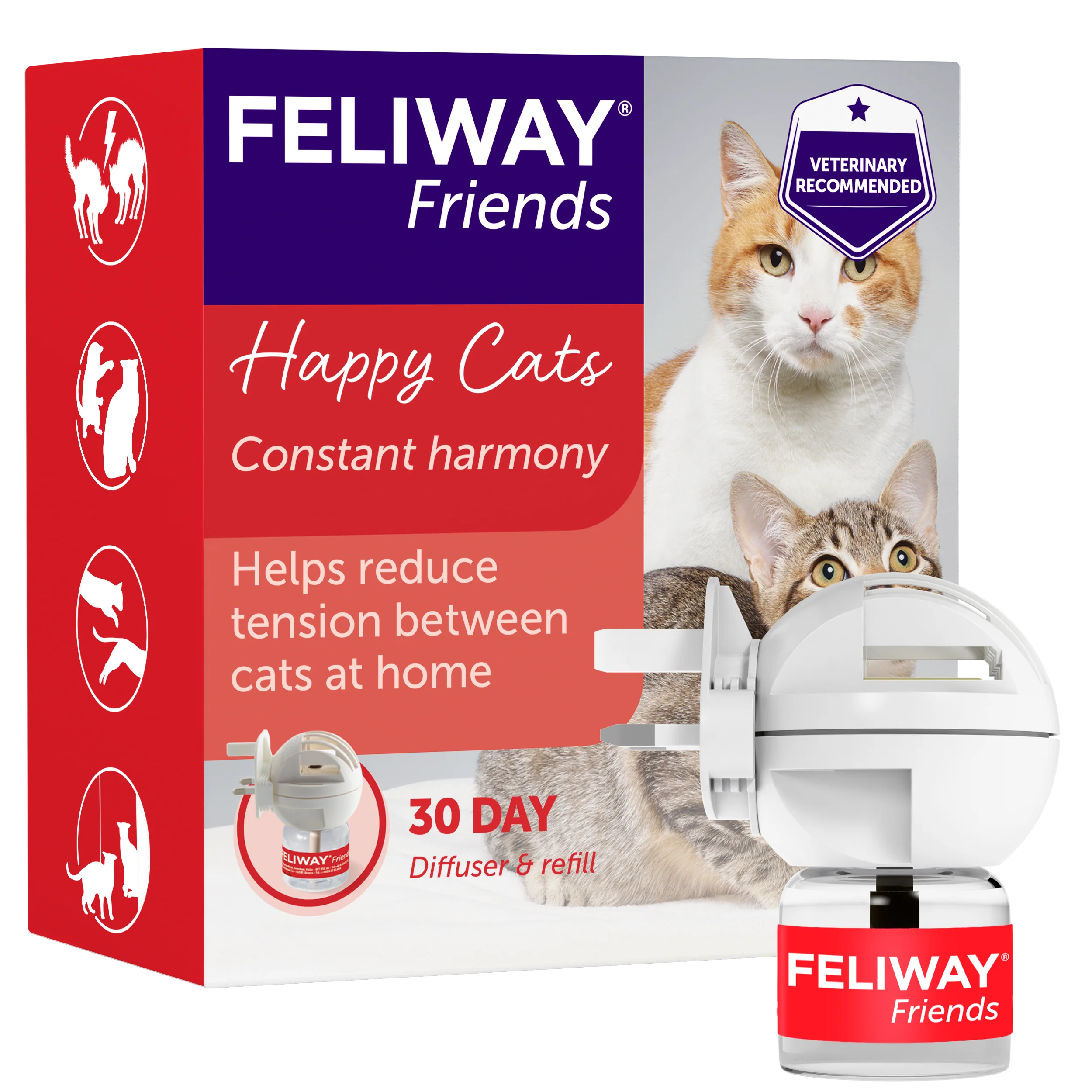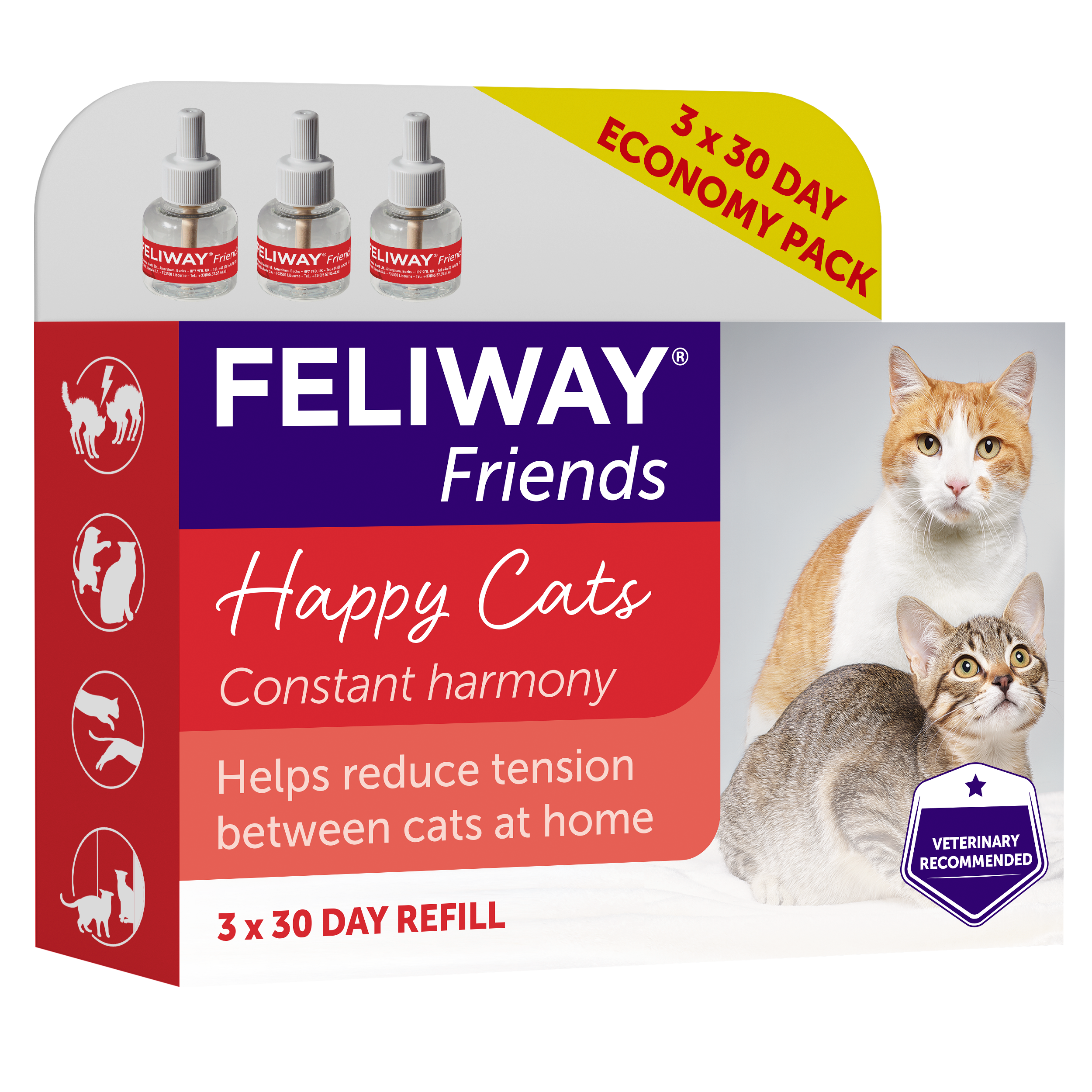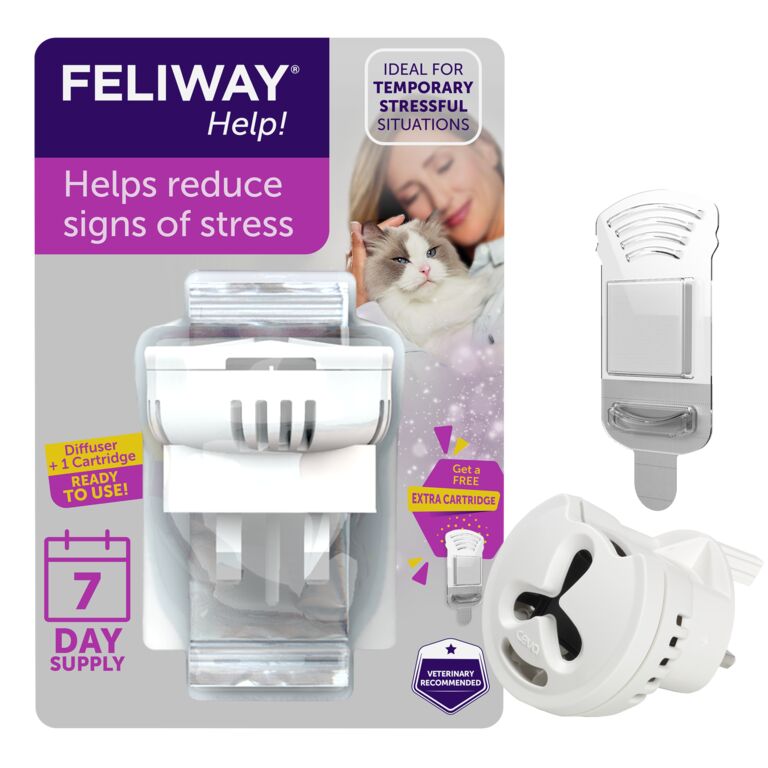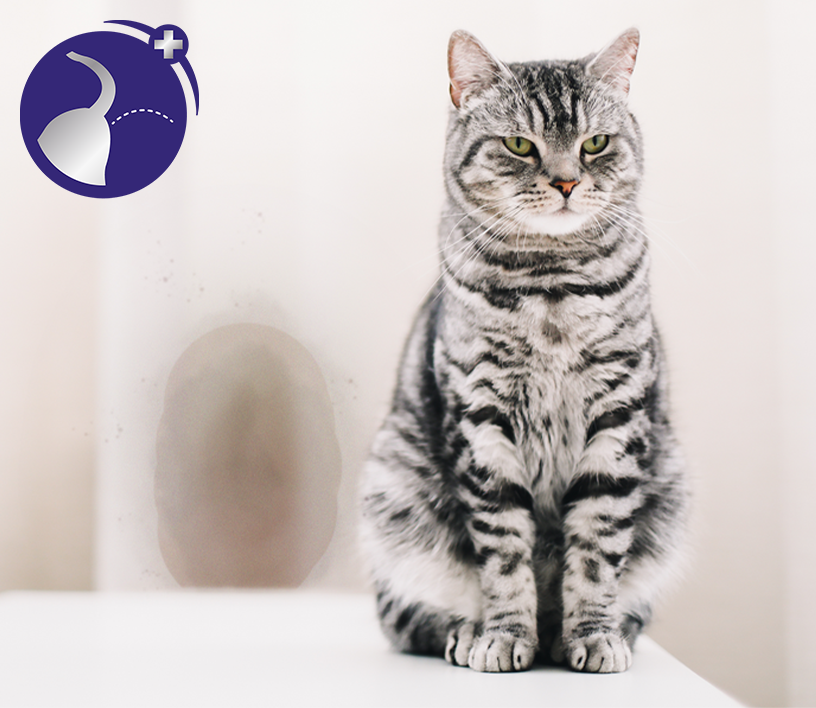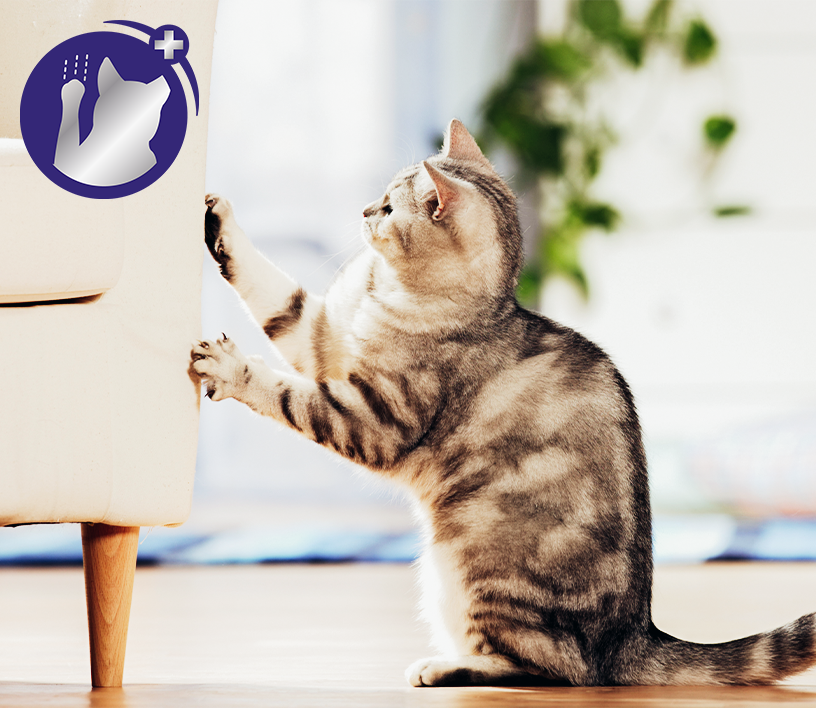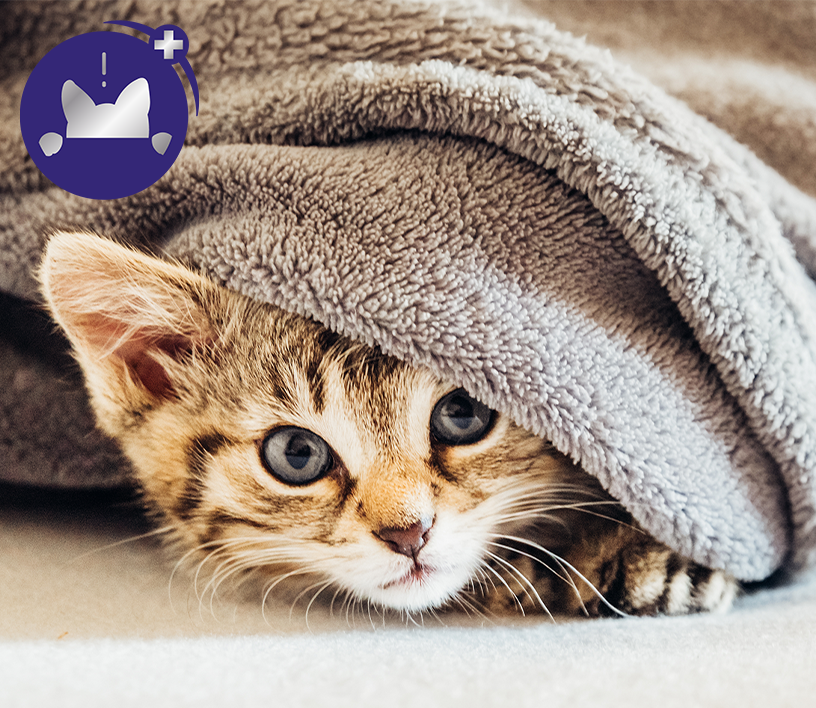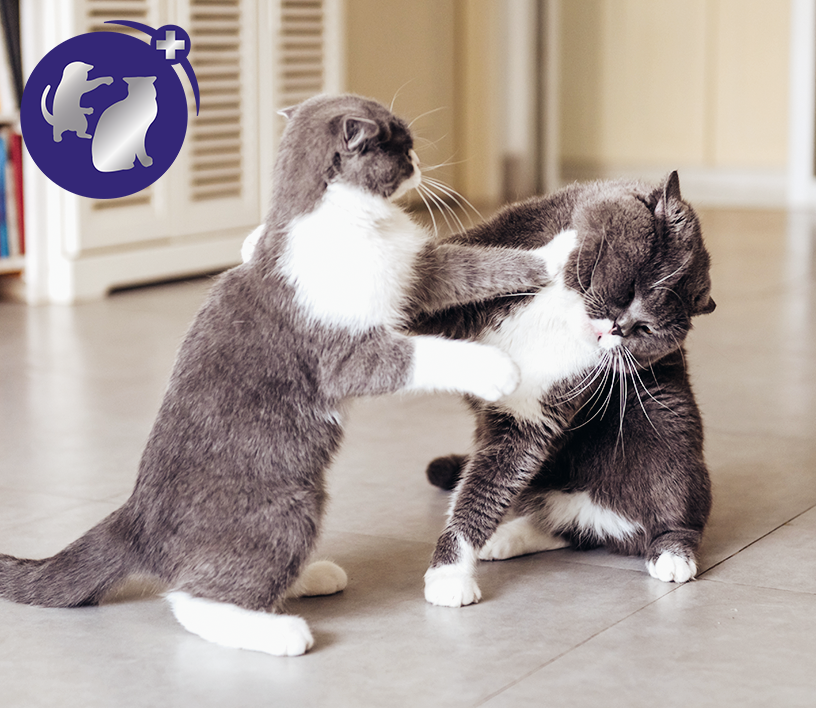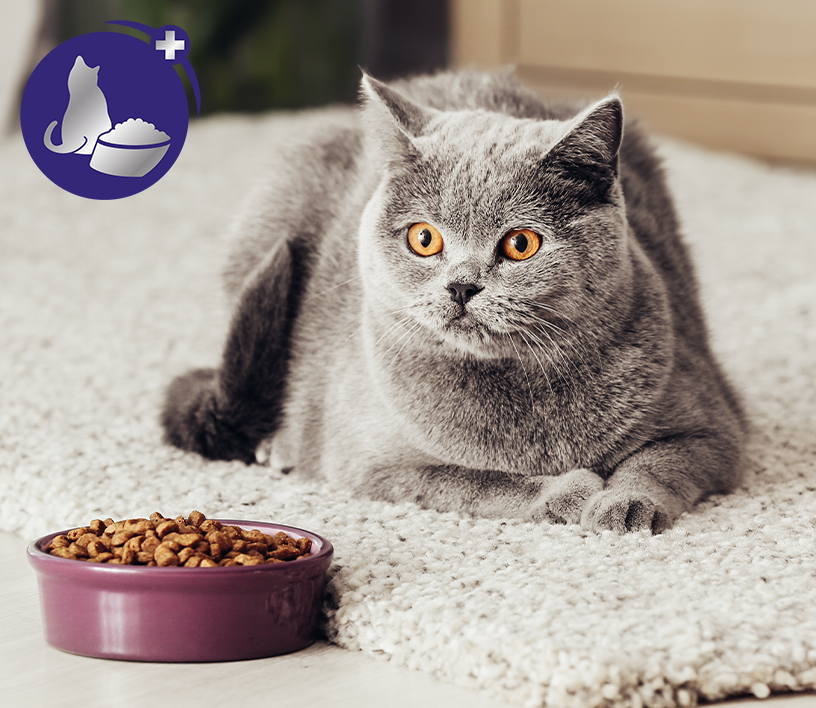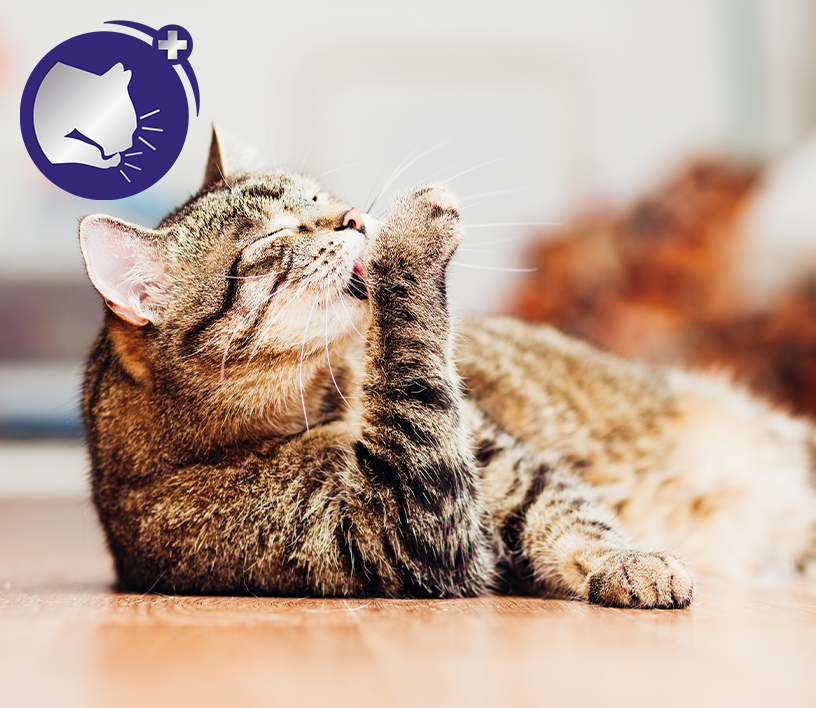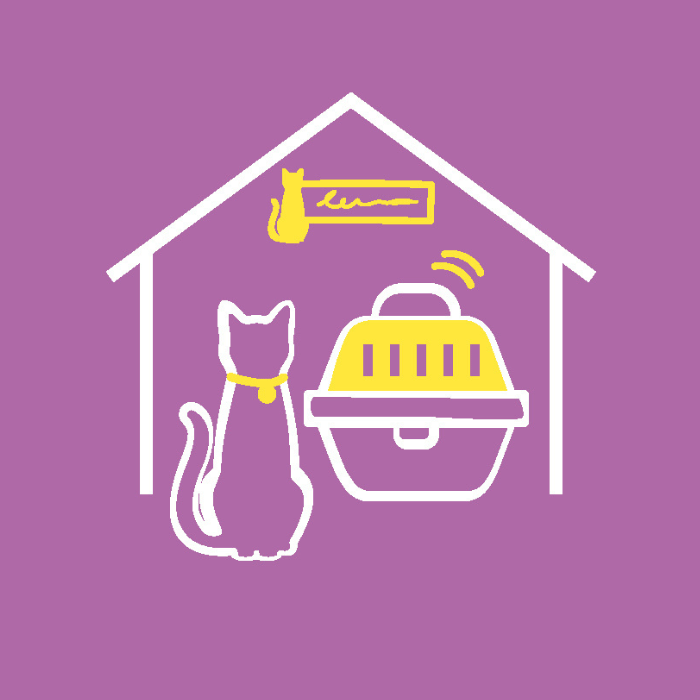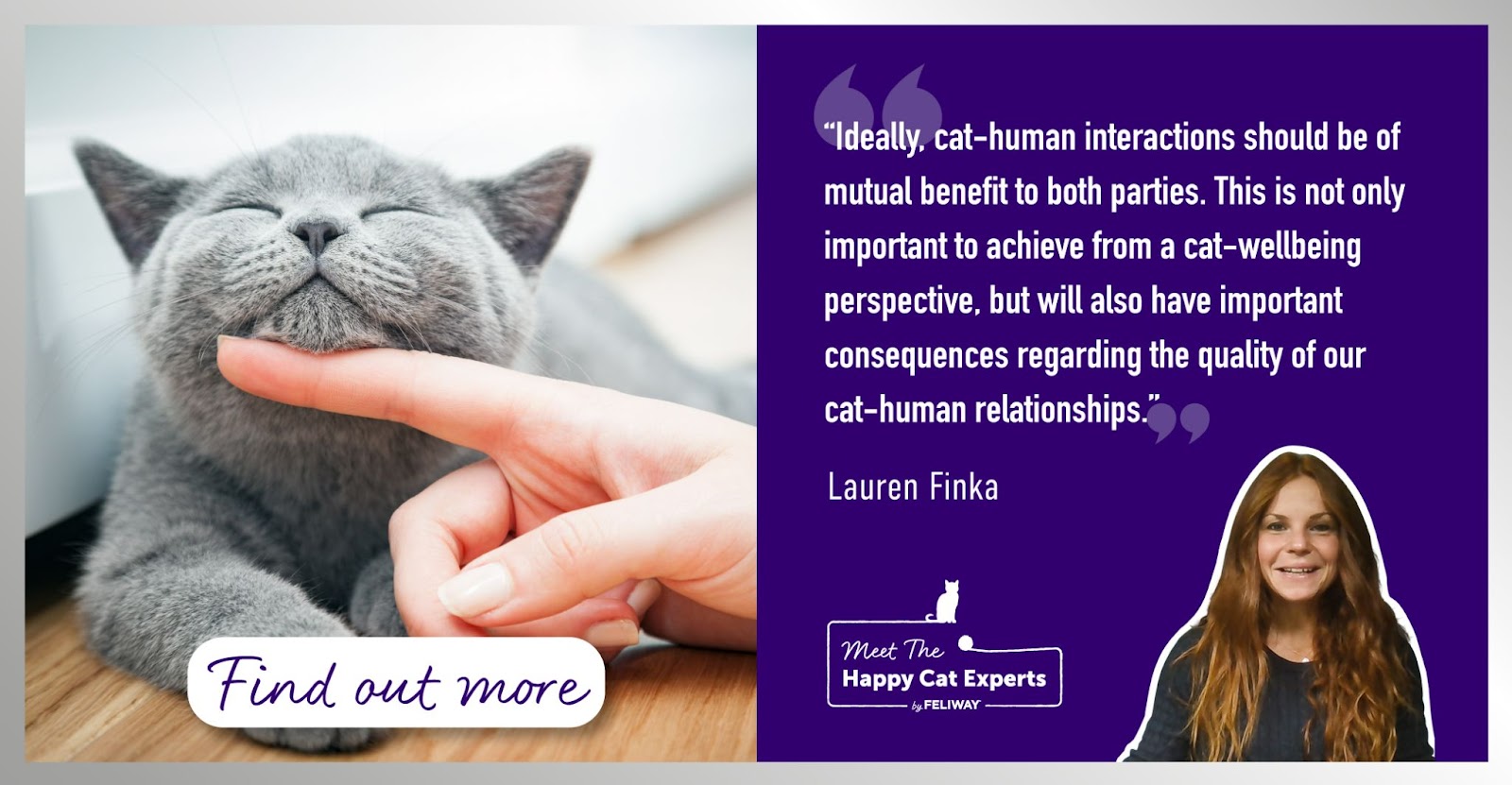
How to interact with your cat to keep them happy (and stop you getting bitten!)
For most of us, a typical day is going to involve one (if not more) petting sessions with our cat companions. Because these happen so regularly, we may not give these daily interactions a whole lot of conscious thought.
However, when it comes to the more particular or exacting of felines, there can be a real knack to petting them in a way that they are comfortable with. Additionally, while we might assume that a cat that bites or scratches is just being 'grumpy' or 'feisty', they may just be trying to tell us that we're not petting them quite right.
This topic is something that I've been itching to investigate scientifically, and was finally able to do during a recent study. I am therefore delighted to be able to share some important findings (and practical tips) relating to cat-human interactions within this blog. But firstly, a little background is needed…
Cat and Human Health Benefits
Scientifically, we know that human-cat interactions can provide various health benefits to humans, such as improved mood and cardiovascular health. Additionally, during the pandemic, many people have reported their cats as being a very important source of companionship and comfort.
While the value of interactions with cats to humans is clear, it is obviously also important that we consider the cats' experiences. Ideally, cat-human interactions should be of mutual benefit to both parties. This is not only important to achieve from a cat-wellbeing perspective, but will also have important consequences regarding the quality of our cat-human relationships.
For example, even amongst well-socialised cats, human avoidance and human-directed aggression, in addition to various other behavioural issues, can be commonplace. In many cases, these problems can be caused by the cat experiencing interactions with humans that they find stressful or uncomfortable.
Unfortunately, the way that we might choose to handle our cats (think lots of cuddling, vigorous stroking all over their bodies, where petting sessions start and end when we want them to), can be at odds with what our cats actually prefer. And, whilst our usual cue to end petting might be when the cat decides to bite or scratch, there are usually many other (more subtle) cues that occur well before this point.
Additionally, a lot of cats are good at tolerating interactions they aren't 100% enjoying, and many of these individuals will never (or hardly ever) behave aggressively.
So, how do we ensure cats are enjoying being petted?
From an ideal perspective, what most cats want during interactions with us is to:
- Feel that they have choice and control
- Have the opportunity to give (or not give) their 'consent' for petting to take place
- Be able to demonstrate their preferences for contact (i.e. where they are touched, how much and for how long)
- Be able to 'opt out' (and then potentially opt back in) of the petting at any point
These principles can be easily and practically implemented by following a simple set of guidelines. The guidelines are based around a 'CAT' acronym for ease of remembering.
- The 'C' represents providing the cat with choice and control,
- The 'A', paying attention to their behaviour and body language,
- The 'T' meaning limiting touch mostly to their facial regions (unless the cat shows clear signs of enjoying other areas being touched!).
The guidelines are designed to be suitable for all cats, because they encourage a flexible approach based on how the cat is responding in real time, ensuring that interactions meet the needs and preferences of each individual.
For example, applying the guidelines with some cats might mean not touching them at all, because the cat chooses not to engage, whereas for others it might involve a full-on cuddling session, because the cat keeps asking for more.
In my recent study, I found that when people followed these guidelines during interactions with cats, cats were friendlier towards them and more likely to show signs of comfort. These same cats were also much less likely to behave aggressively or show signs of stress or discomfort.
Do try this at home!
Applying the guidelines is very easy. Simply follow the instructions outlined below.
You could even create your own 'experiment' at home. To do this, simply film you and your cat during a typical petting session for a few minutes. Wait at least 30 minutes and then film a second session, this time with you following the 'CAT' guidelines. You can then review your footage and, using the behavioural indicators listed within the table, try to see if you notice a difference in your cats' reactions between the videos, did you see a positive difference in their behaviour when you followed the guidelines?
C is for Choice and Control
Provide the cat with choice and control during the interaction
- While remaining in a seated position on the floor, gently offer your hand to your cat, allowing them to approach you, and let them choose if they want to interact with you or not.
- If your cat wants to be touched, they will rub against you. If they don't make contact, avoid stroking the cat.
- Allow your cat to move away from you if they choose, and don't be tempted to follow after them.
- Allow your cat to control how much you stroke them. When stroking them, briefly pause every 3-5 seconds to 'check in' with them, when you stop stroking, do they rub against you to ask for more? If not, they may be ready for a break.
A is for Attention
Pay attention to your cat's behaviour and body language.
Positive indicators:
- Tail waving (tail held in the air and gently waving from side to side)
- Ears in a neutral or forwards position
- A relaxed posture and facial expression
- 'Treading' or 'kneading' with front paws
- Sniffing and rubbing against you
- Purring or 'chirruping'
Negative indicators: (more coming on this topic, sign up to our newsletter to make sure you don't miss out!)
- Hissing and growling
- Cuffing, swiping, biting or attempting to bite
- A raised 'warning paw' as if ready to swipe
- A tense, crouched or hunched posture
- Quick bursts of self-grooming, usually lasting a few seconds
- Head/body shake
- The fur on their backs appearing to ripple or twitch in response to your touch
- Nose licking and yawning
- Freeze/crouch
- The cat is still or unresponsive, or they just aren't actively rubbing against you
- Sharp turn of head towards your face or hand
- Slow head turn away from you (may also be accompanied by a yawn)
- Walk/move/lean/turn away from you
- Tail swish, twitch (usually when tail is lowered) or thump on ground
- Ears rotated and/or flattened
- Frequent moving towards and then away from you
If you observe any behaviours from the 'negative' list, it's better to briefly pause the interaction and let your cat decide if/when they want to re-initiate interactions.
T is for touch
Think about where you're touching your cat
- Most (friendly) cats will prefer being touched at the base of their ears, around their cheeks, and some also under their chin, so try to focus mainly on these areas.
If you feel that your cat might enjoy other areas of their body being touched (e.g. tummy, back, base of tail), pay close attention to their body language when touching these places and make sure they are displaying lots of 'positive' and no 'negative' indicators.


